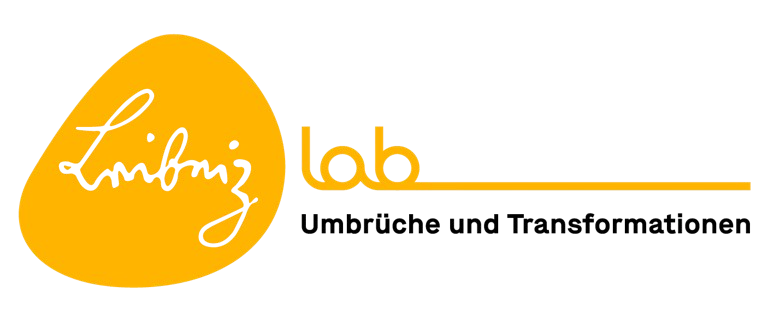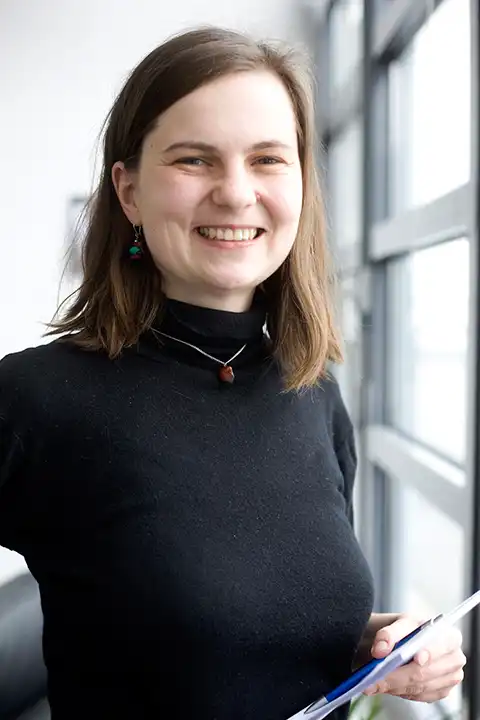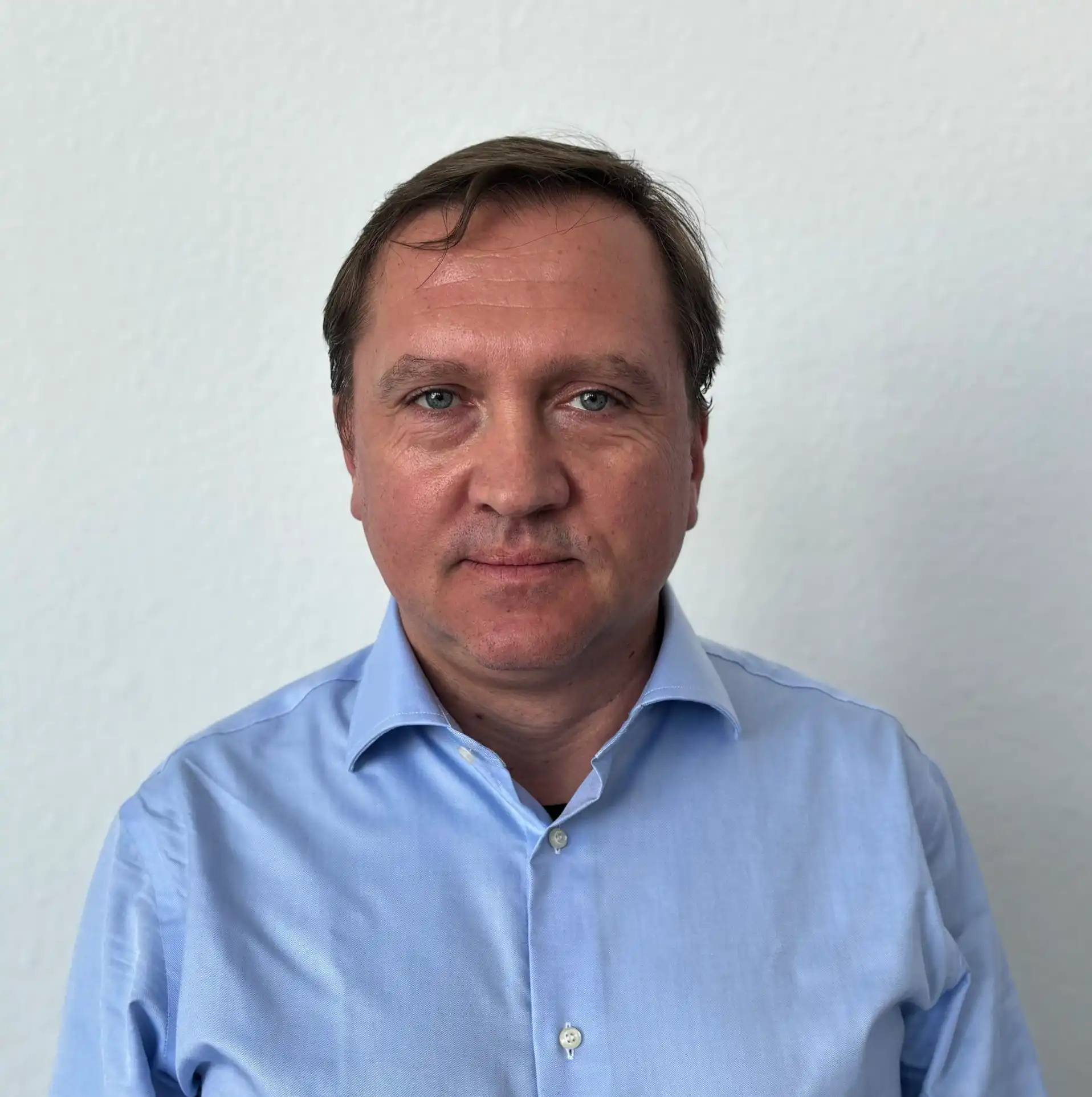Post
4 Min.
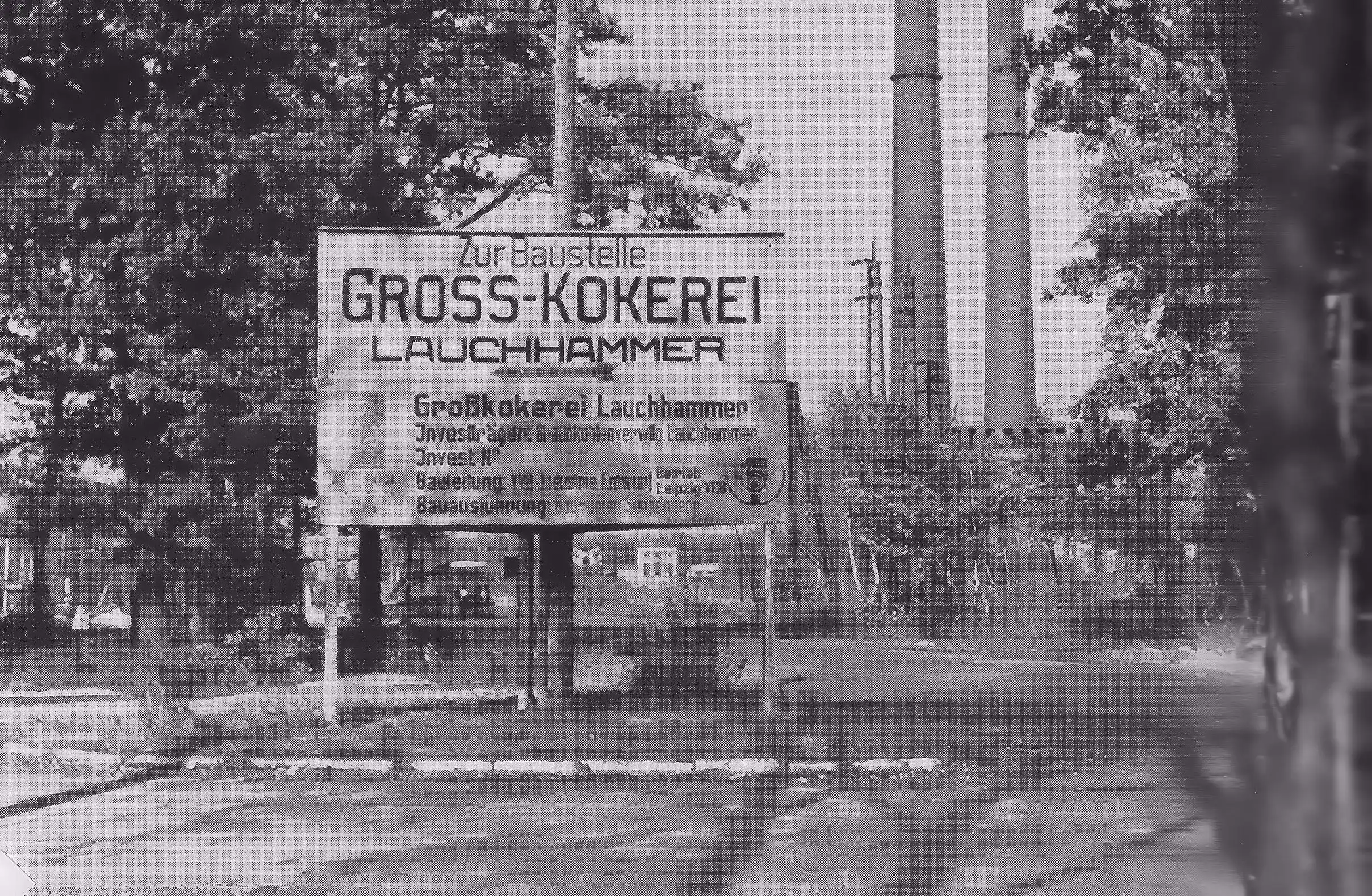
13. June 2025
Seeking a new narrative – How a small town is reinventing itself
The name Lauchhammer has little to do with the vegetable that adds flavour to stews and soups. Lauch means ‘moor’ in Lower Sorbian and refers to the landscape in southern Brandenburg where the small town is located.
The word “hammer” in the town’s name alludes to its industrial tradition. Iron ore has been mined and processed here since 1725. Iron processing gave rise to iron casting and later heavy machinery manufacturing. During the GDR era, Lauchhammer was one of the largest and most important industrial locations in the country. Open-cast mining and industrial enterprises had an enormous impact on the town’s self-image.
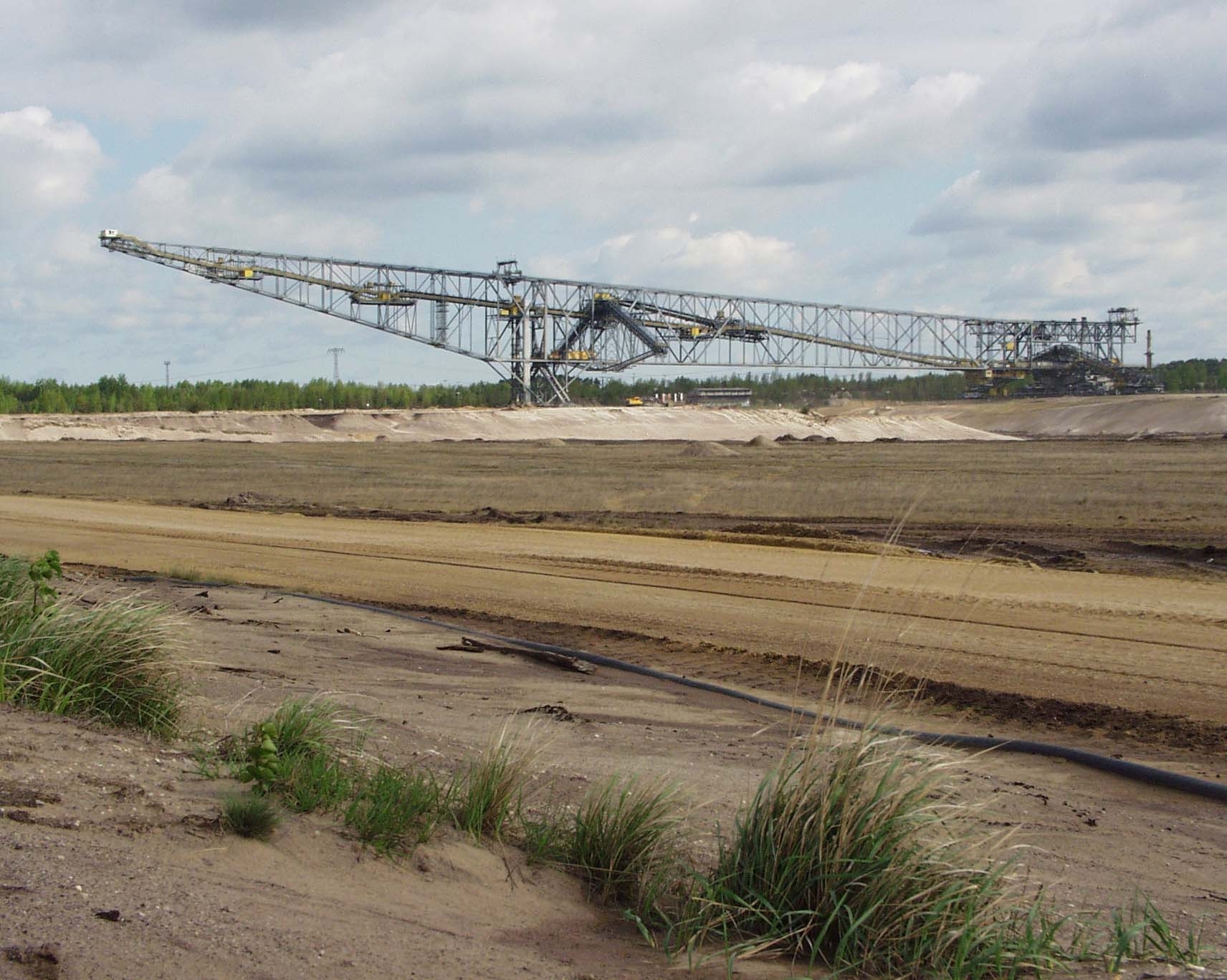
In 1991, the open-cast mine was shut down. Many businesses closed. Around 10,000 people lost their jobs. Just as many people moved away from Lauchhammer between 1990 and 2019.
Lauchhammer: A small town among many
Many regions in Europe experienced this social upheaval. Tens of thousands of businesses were closed and entire industries shut down. In western German areas such as the Ruhr and Saarland, structural change took place over several decades and proceeded much more slowly than in eastern Germany. After reunification, thousands of industrial companies were closed within a few years, leaving millions of people without a livelihood.
With the structural change, the affected towns lost their self-image as industrial cities. They had to find a new perspective for themselves: who did they want to be, internally for their population and externally for new businesses and tourism? Towns such as Lauchhammer therefore set out in search of a new narrative. Researcher Franziska Görmar from the Leibniz Institute for Regional Geography (IfL) has studied this process in Lauchhammer.
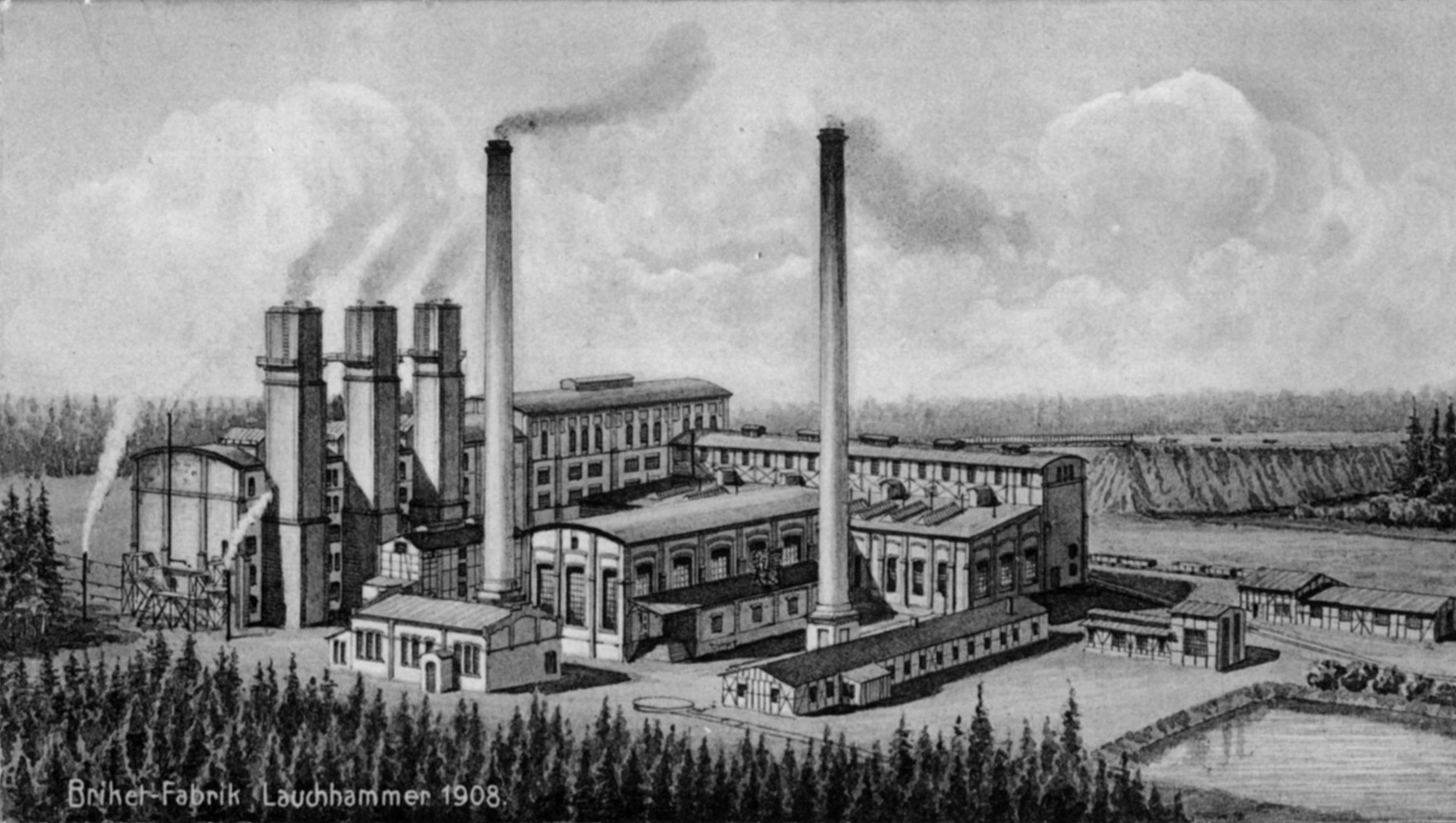
What are narratives?
Narratives are stories that are created and shared by people. Narratives create identity. Local narratives are stories about a specific city or region. They give us an idea of how a place or region might develop in the future.
In this way, narratives contribute to shaping the place. Not in the sense of buildings, squares or streets, but by giving it symbolic meaning. The development of a narrative is an ongoing process through which residents build a connection to their place and to each other. This creates social cohesion and a sense of community.
Narratives are an important subject of study in the humanities, social sciences and economics. Through analysis, we learn how narratives arise, who shapes them and what beliefs these actors want to convey. Narratives are often created by a small number of people who want to assert their own interests. For a narrative to become established in society at large, it must be accepted and shared by many people. The more a narrative ties in with a person’s own reality, the easier it is for them to accept it.

Lauchhammer is looking for a new narrative
Since its founding, Lauchhammer has defined itself as a coal town, as Franziska Görmar writes in her study. This narrative was shaped by open-cast mining, the briquette factories where coal was refined for further production, and mechanical engineering. These industries provided thousands of people with jobs, social recognition and a sense of belonging to a community. The importance of coal was also evident in terms of geography: the briquette factories were located in the centre of the town. They connected the five communities that were merged to form the town of Lauchhammer in 1950.
With the end of open-cast mining and heavy industry, Lauchhammer became a town without coal, according to Görmar. The factories were demolished. In their place, a large meadow grew, which now forms the town centre. The five communities felt increasingly separated from each other. In addition, a large part of the population was unemployed. The sense of community suffered as a result of this upheaval.

In the years that followed, the city sought a new narrative that would reunite the population and create prospects for the future. In doing so, the city once again found what it was looking for in its past, as Görmar notes.
Lauchhammer as a city of art casting
Since 1784, Lauchhammer has been one of the oldest and most traditional locations for art foundries. This branch of industry still exists today, in contrast to open-cast mining, and although the company is quite small with 21 employees.
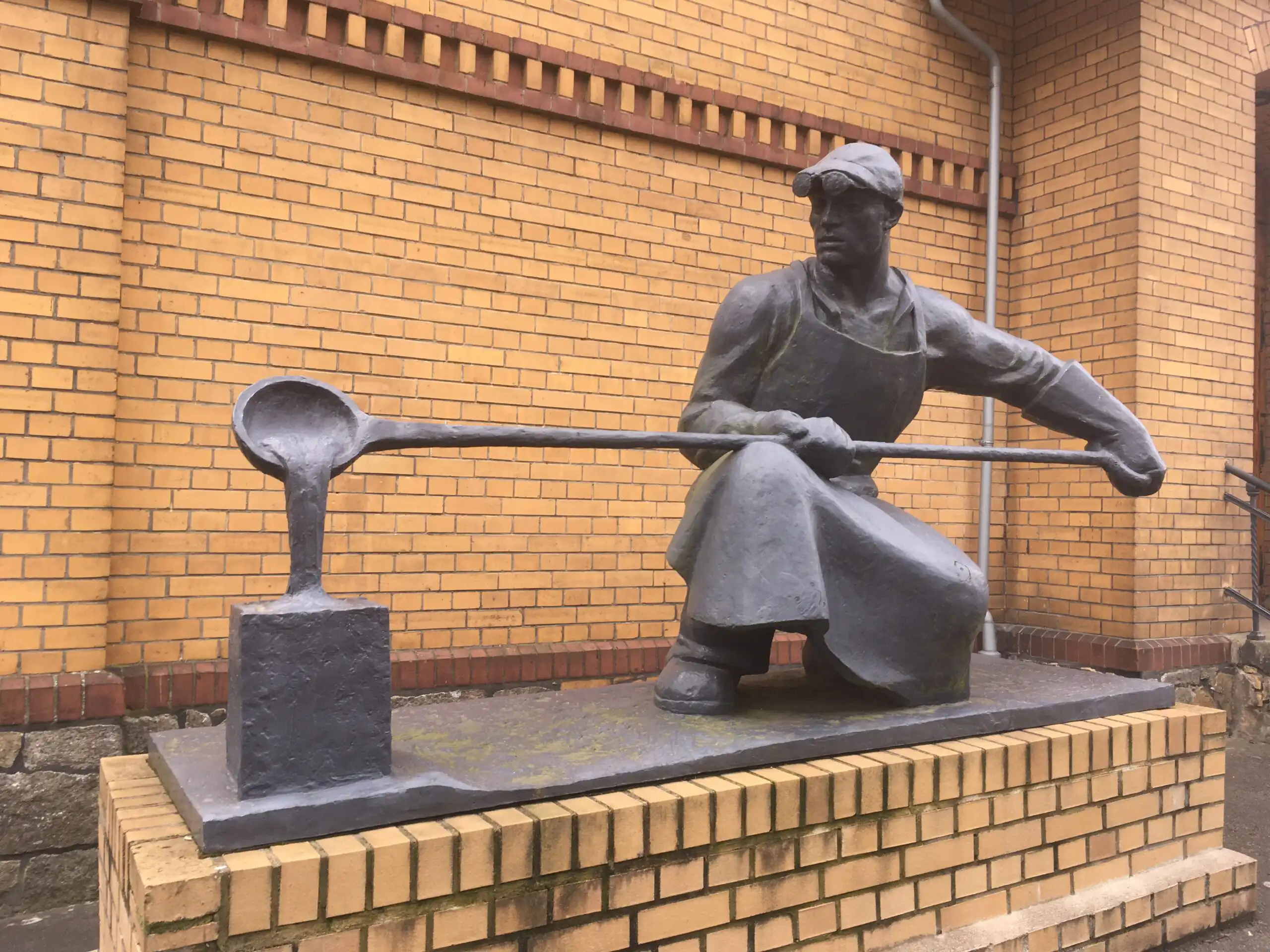
Since 2022, Lauchhammer has officially been known as the ‘art casting town.’ The art foundry stands for culture and beauty. It is perceived more positively than the environmentally harmful lignite, which is hardly likely to attract new industries and tourists.
Who decides about the new narrative?
A coalition of people from local politics, administration, business and civil society has championed the narrative of the artificial town. However, the older population in particular, who once toiled in open-cast mines and on machines, wanted to hold on to the narrative of Lauchhammer as a coal town.
This shows that narratives can also be the subject of political debate. People have different perceptions and expectations of a place, which can sometimes lead to conflict. Residents must negotiate with each other which narrative should shape their shared living environment.
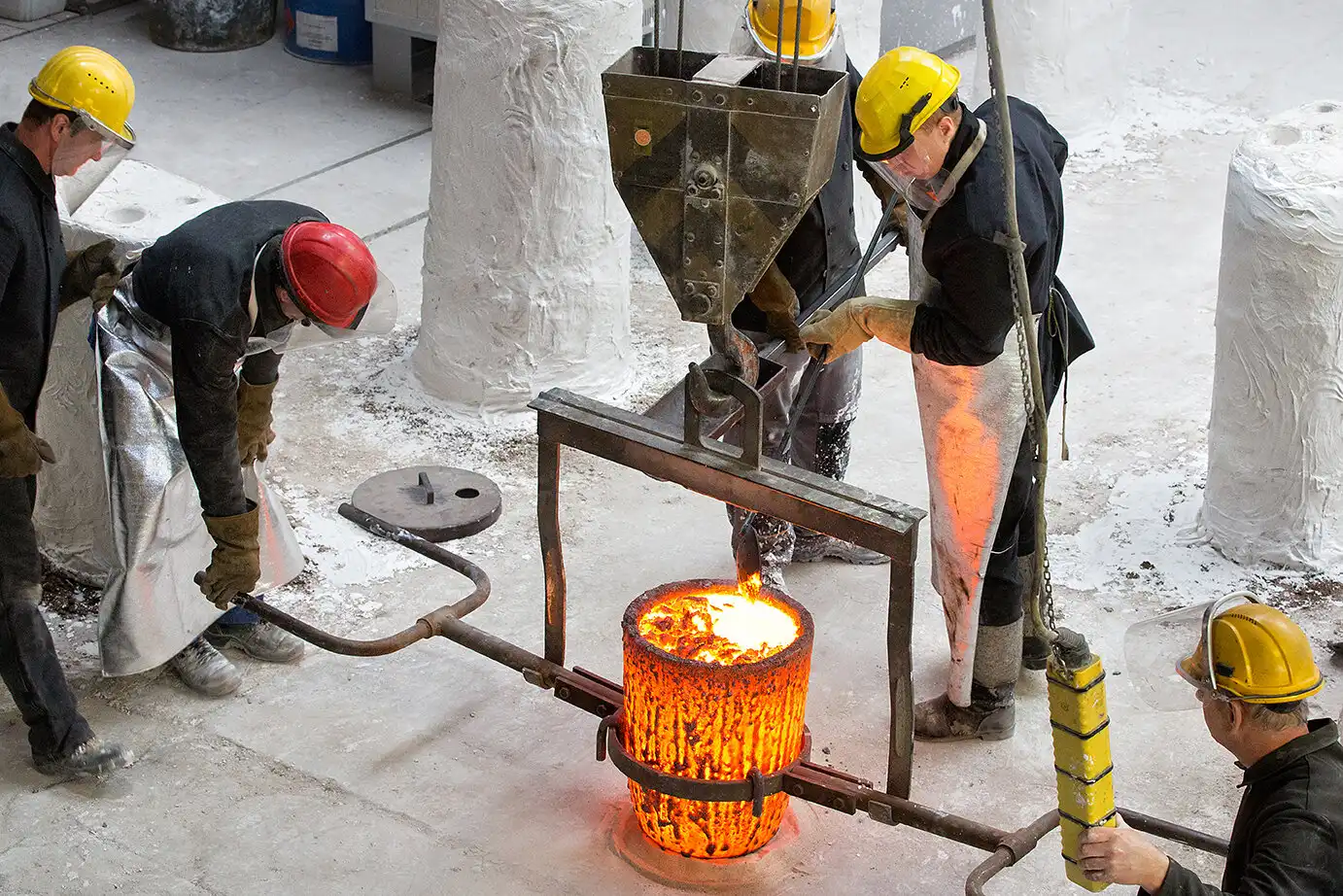
In Lauchhammer, the art casting narrative ultimately prevailed, as the former miners were unable to propose a convincing alternative. However, Lauchhammer still draws attention to its past as a coal town today.
2025 marks the 300th anniversary of the beginning of the industrial age in Lauchhammer. On 25 August 1725, the first blast furnace was put into operation there. Under the motto ‘300 Years of Industrial Culture’, numerous events relating to the coal era will take place throughout the year.
Mission for science
The case of Lauchhammer impressively demonstrates how the loss of a narrative affects a place and its population, and how this place finds a new perspective for itself years later. However, this single case does not provide us with sufficient information about what we can learn about other places and where we can identify general patterns, processes and phenomena. More research is needed to better understand the change in narratives in former industrial cities.
Franziska Görmar studied the change in narratives in Lauchhammer from 2019 to 2022.
Über diesen Artikel
Lesen Sie auch

How the withdrawal of military troops continues to shape a place
It looks like an enchanted place today – the former base of the Soviet army on the Oder Island in Küstrin-Kietz. The village is located in Brandenburg, directly on the Oder and the Polish border. More than almost any other place, it has been shaped by the Cold War, decades of military presence and the […]
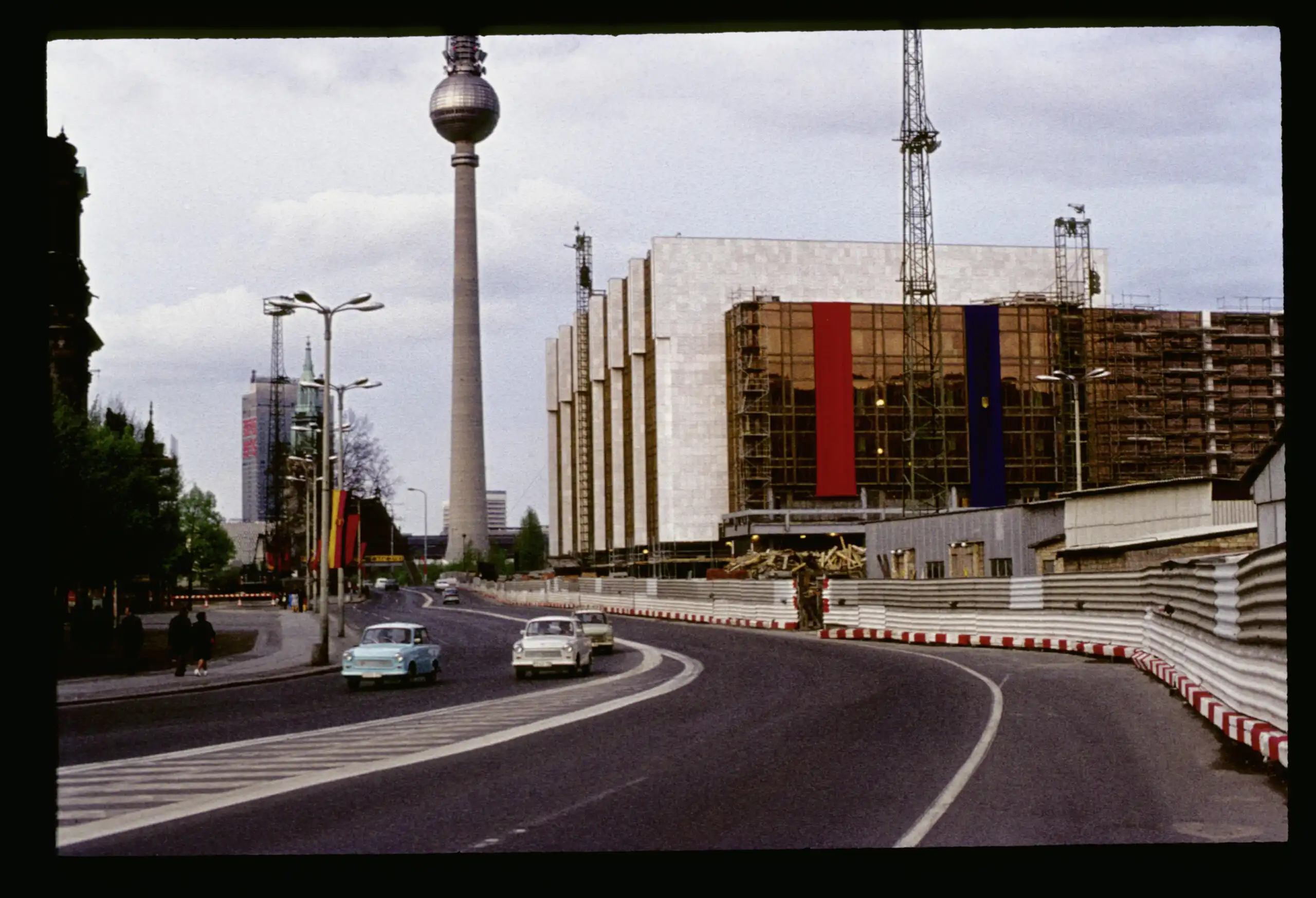
How much Ost-Berlin is in Berlin-Mitte?
German reunification significantly changed the cityscape of Berlin-Mitte. Central buildings such as the Palace of the Republic and the Maple Leaf, which shaped the everyday life and self-image of the GDR population, were demolished. The population has also changed to some extent. The people who live and lived in the neighborhoods were witnesses to socio-political, […]
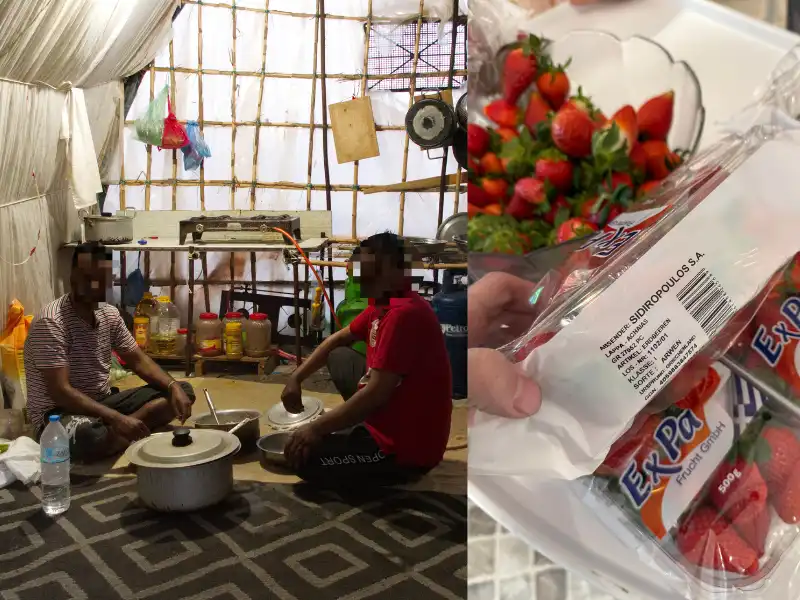
Greek strawberries “made in Bangladesh”
Strawberries are now also available to buy in winter. They thrive in Nea Manolada, Greece, but there are downsides to growing them. Scientist Johannes Jungfleisch has investigated the conditions of South Asian workers.
